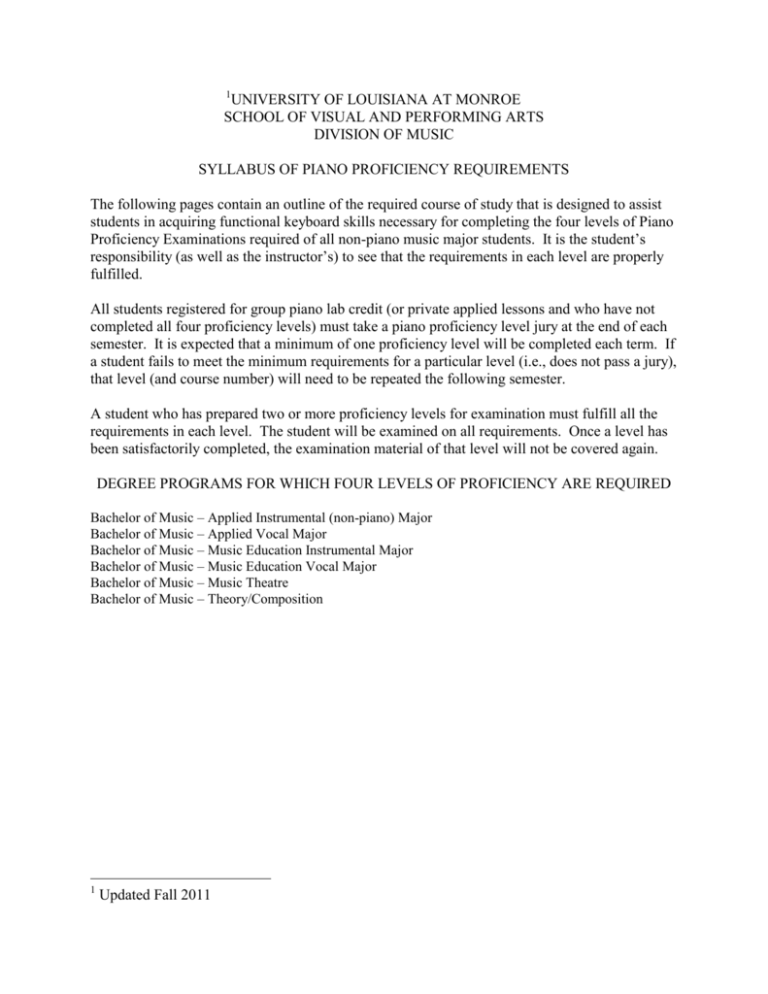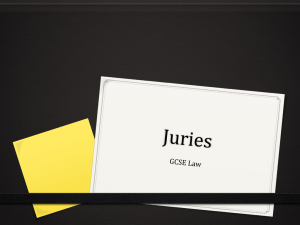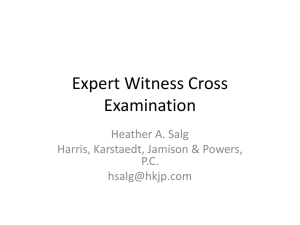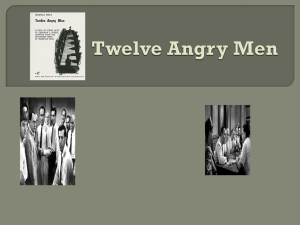Piano Proficiency - University of Louisiana at Monroe
advertisement

1 UNIVERSITY OF LOUISIANA AT MONROE SCHOOL OF VISUAL AND PERFORMING ARTS DIVISION OF MUSIC SYLLABUS OF PIANO PROFICIENCY REQUIREMENTS The following pages contain an outline of the required course of study that is designed to assist students in acquiring functional keyboard skills necessary for completing the four levels of Piano Proficiency Examinations required of all non-piano music major students. It is the student’s responsibility (as well as the instructor’s) to see that the requirements in each level are properly fulfilled. All students registered for group piano lab credit (or private applied lessons and who have not completed all four proficiency levels) must take a piano proficiency level jury at the end of each semester. It is expected that a minimum of one proficiency level will be completed each term. If a student fails to meet the minimum requirements for a particular level (i.e., does not pass a jury), that level (and course number) will need to be repeated the following semester. A student who has prepared two or more proficiency levels for examination must fulfill all the requirements in each level. The student will be examined on all requirements. Once a level has been satisfactorily completed, the examination material of that level will not be covered again. DEGREE PROGRAMS FOR WHICH FOUR LEVELS OF PROFICIENCY ARE REQUIRED Bachelor of Music – Applied Instrumental (non-piano) Major Bachelor of Music – Applied Vocal Major Bachelor of Music – Music Education Instrumental Major Bachelor of Music – Music Education Vocal Major Bachelor of Music – Music Theatre Bachelor of Music – Theory/Composition 1 Updated Fall 2011 PIANO PROFICIENCY LEVEL I MUSC 1015: Group Piano Class for Music Majors Only Suggested Material: Lancaster and Renfrow. Group Piano for Adults, Book I. 2nd edition. Alfred Publishing Company, 2004. Examination: 1. Scales in all major and minor keys (natural and harmonic only) in tetrachord positions. 2. Major and minor pentascales and authentic I V I cadences (hands separately). 3. Major and minor arpeggios in all keys for one octave (hands separately). 4. NO LESS THAN THREE familiar tunes worked out by ear and harmonized with I and V7 chords. Each tune should be in a different key, and played in both the parallel major and minor modes. 5. Two prepared pieces from repertoire studied (memory not required). 6. Sight reading. NOTES: - Parts 1-3 will be tested and graded by the class instructor/applied teacher at the student’s last class meeting/private lesson of the semester before jury/exam week. Parts passed will not be heard again at the jury. Parts not passed will be examined again at the jury and within a very strict time limit. - Parts 4-6 will be performed and graded at the jury. PIANO PROFICIENCY LEVEL II MUSC 1016: Group Piano Class for Music Majors Only Suggested Material: Lancaster and Renfrow. Group Piano for Adults, Book I. 2nd edition. Alfred Publishing Company, 2004. Examination: 1. All major and harmonic minor scales that begin on the white keys, two octaves, hands separately or together (HS or HT), using standard scale fingering. 2. All white key major and minor tonic arpeggios, two octaves, HS or HT. 3. All white key tonic major and minor chord inversions, HS or HT. 4. I IV I V I chord cadences in the above white keys, 1st position only, HS or HT. 5. NO LESS THAN THREE familiar tunes (to include “Happy Birthday” in a singable key) worked out “by ear” and harmonized with I, IV, V or V7 chords. Each tune should be in a different key. 6. Two prepared pieces from repertoire studied (memory not required). 7. Sight reading material to include two-part writing. NOTES: - Parts 1-4 will be tested and graded by the class instructor/applied teacher at the student’s last class meeting/private lesson of the semester before jury/exam week. Parts passed will not be heard again at the jury. Parts not passed will be examined again at the jury and within a very strict time limit. - Parts 5-7 will be performed and graded at the jury. PIANO PROFICIENCY LEVEL III MUSC 2015: Group Piano Class for Music Majors Only Repertoire: Approved by Instructor Examination: 1. All major and harmonic minor scales that begin on the black keys, two octaves, hands separately or together (HS or HT), using standard scale fingering. 2. All black key major and minor tonic arpeggios, two octaves, HS or HT. 3. All black key tonic major and minor chord inversions and I IV I V I chord cadences in 1st position only, HS or HT. 4. Prepare a harmonization of a melody chosen from Appendix C and transposed up/down a major 2nd and a minor 3rd. 5. Prepare a familiar tune “by ear” with NO LESS THAN THREE different accompaniment patterns, each in a different key. 6. Two repertoire pieces (memory not required). Only one piece will be performed at the jury. 7. Sight reading material to include three-part writing. NOTES: - Parts 1-3 will be tested and graded by the class instructor/applied teacher at the student’s last class meeting/private lesson of the semester before jury/exam week. Parts passed will not be heard again at the jury. Parts not passed will be examined again at the jury and within a very strict time limit. - Parts 4-7 will be performed and graded at the jury. PIANO PROFICIENCY LEVEL IV MUSC 2016: Group Piano Class for Music Majors Only Repertoire: Approved by Instructor Examination: 1. Scales and arpeggios in two octaves, hands together, using standard scale and arpeggio fingering, in the following MAJOR keys: F, B, D-flat, F-sharp, plus two more white keys 2. Scales and arpeggios in two octaves, hands together, using standard scale and arpeggio fingering, in the following MINOR keys: f, b, c-sharp, f-sharp, plus two more white keys 3. All five types of seventh chords beginning on AND in any key. 4. Choose a melody from a source provided by your instructor (see Appendix G). Harmonize with appropriate triads in appropriate inversions and transpose to all remaining white keys. 5. A prepared hymn or four-part chorale, with pedal and keeping eyes on the score (without or with minimal looking at hands). 6. Performance of a prepared accompaniment for an instrumentalist/vocalist. Student must arrange for soloist. Piece must be approved by instructor. 7. One prepared piece from repertoire studied. 8. Sight read a three-voice (SAB) open choral score. NOTES: - Part 3 will be tested and graded by the class instructor/applied teacher at midterm. Part passed will not be heard again at the jury. Part not passed will be examined again at the jury and within a very strict time limit. - Parts 1-2 will be tested and graded by the class instructor/applied teacher at the student’s last class meeting/private lesson of the semester before jury/exam week. Parts passed will not be heard again at the jury. Parts not passed will be examined again at the jury and within a very strict time limit. - Parts 4-8 will be performed and graded at the jury.







